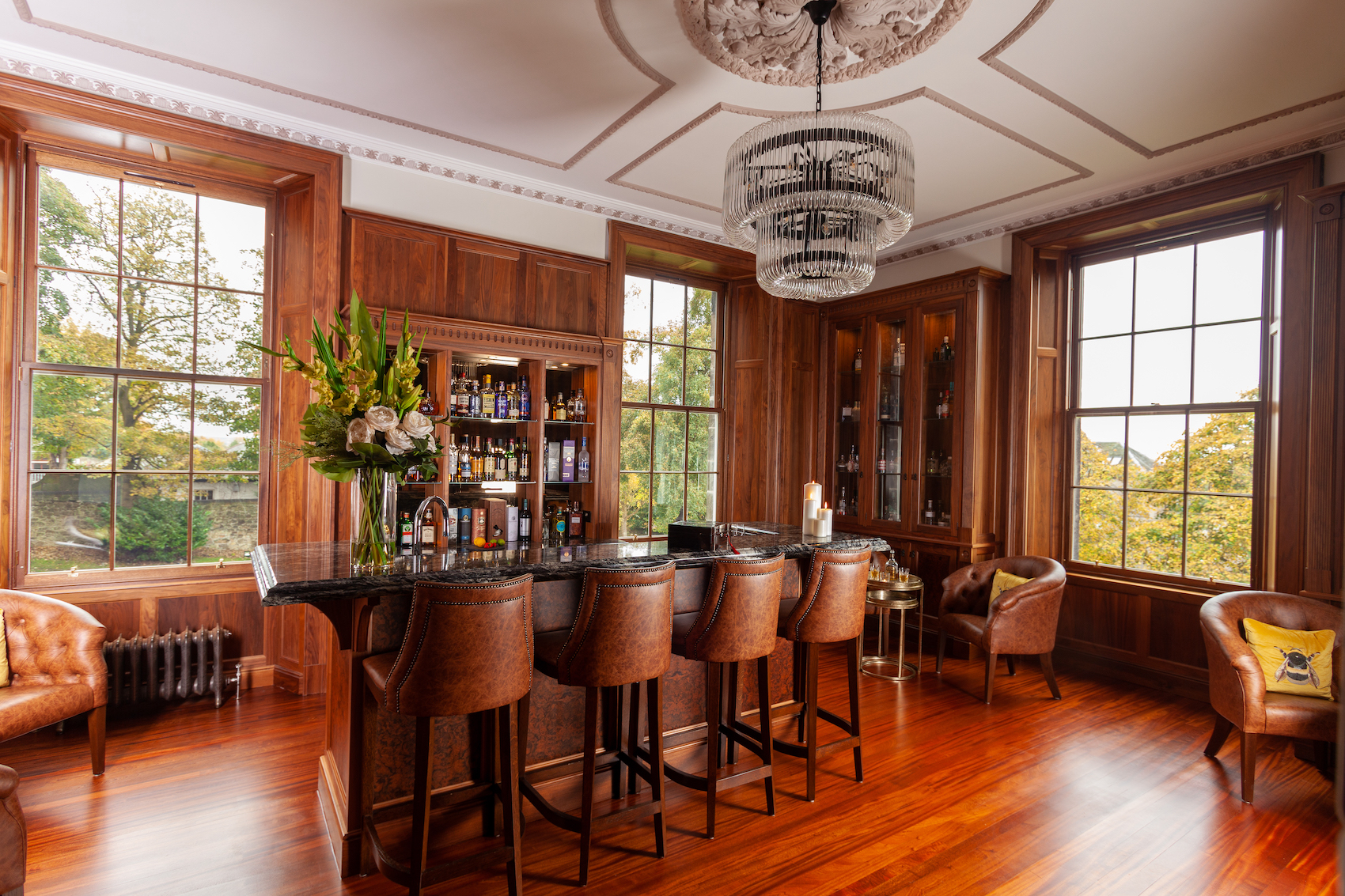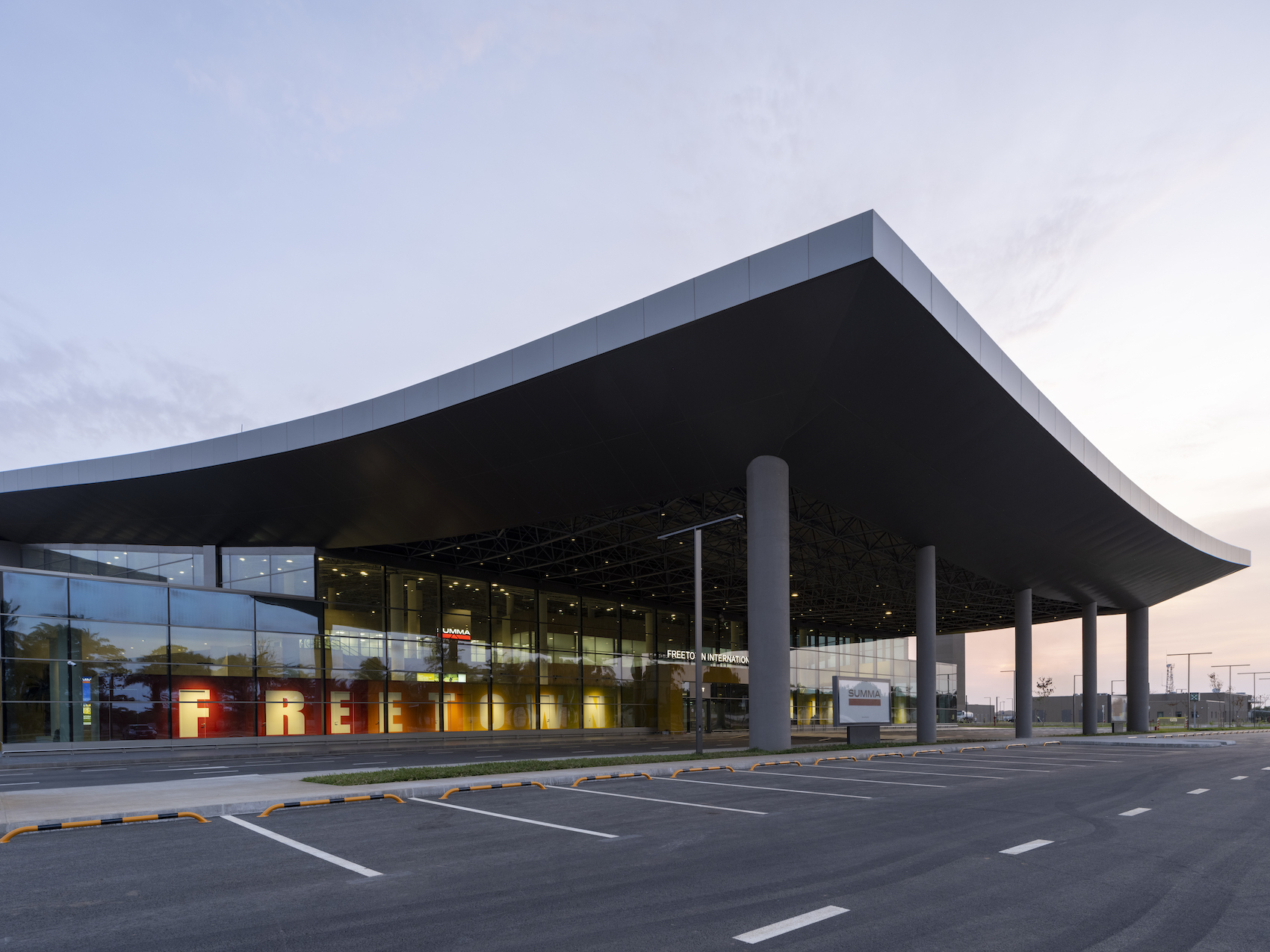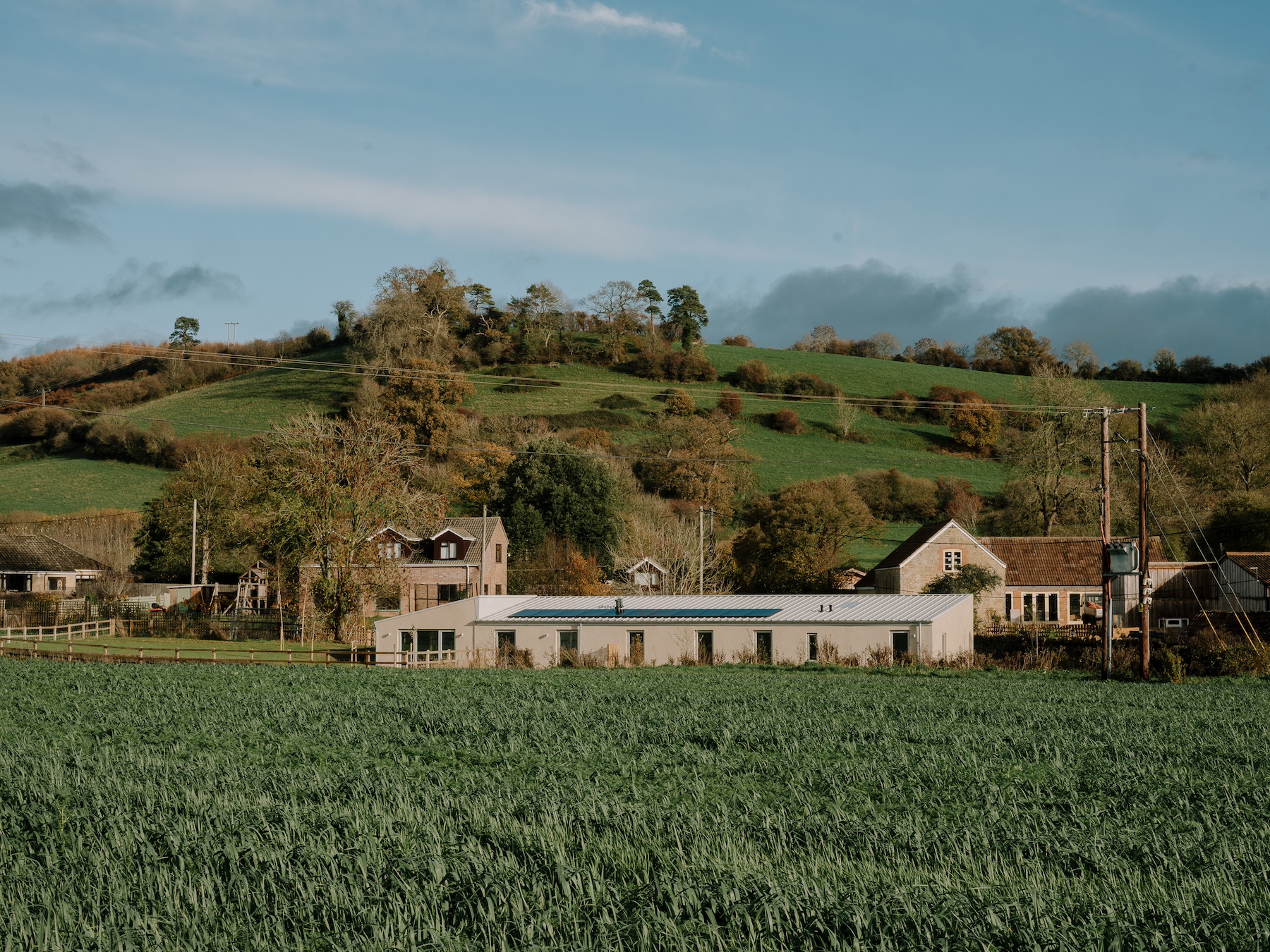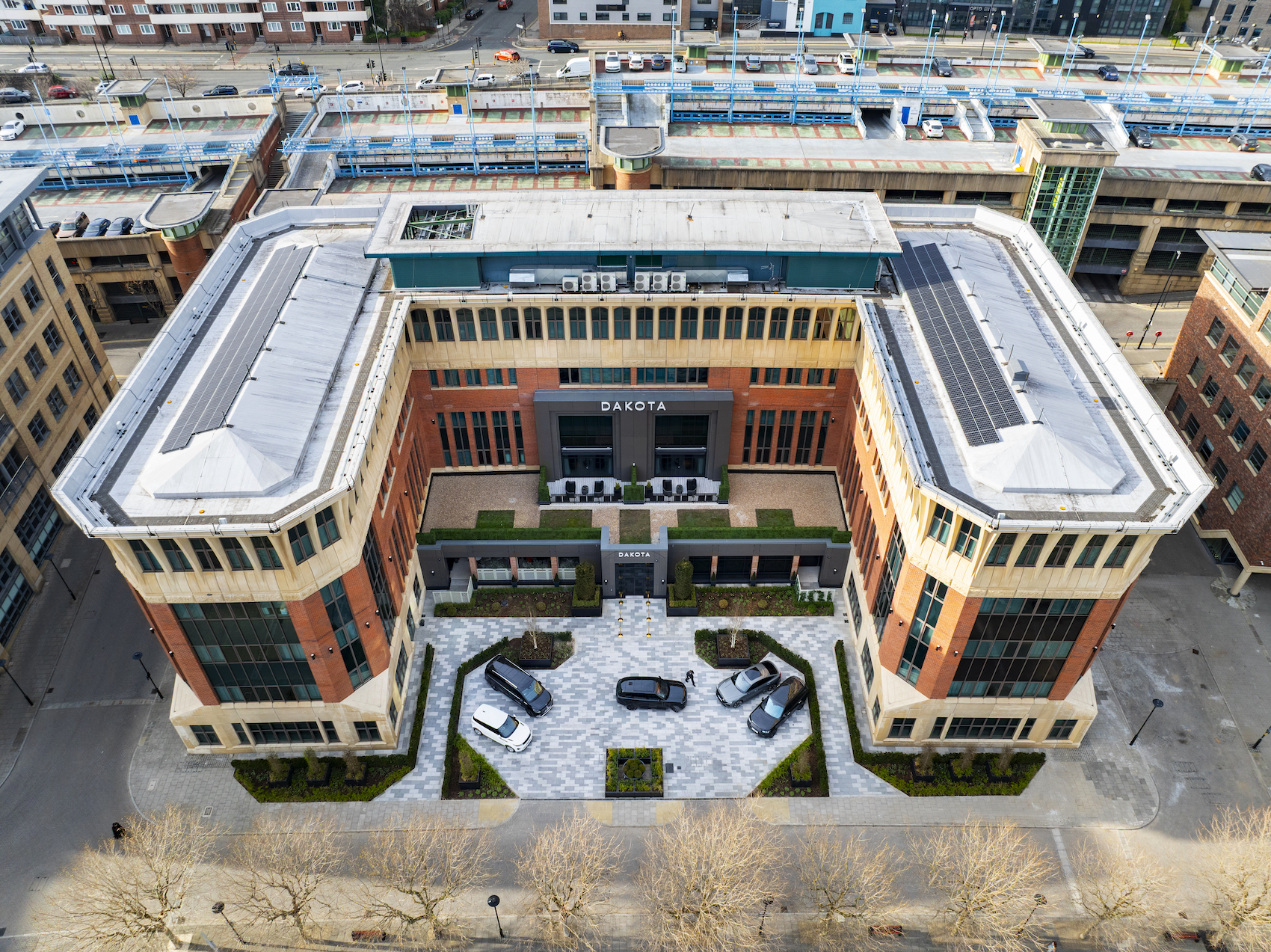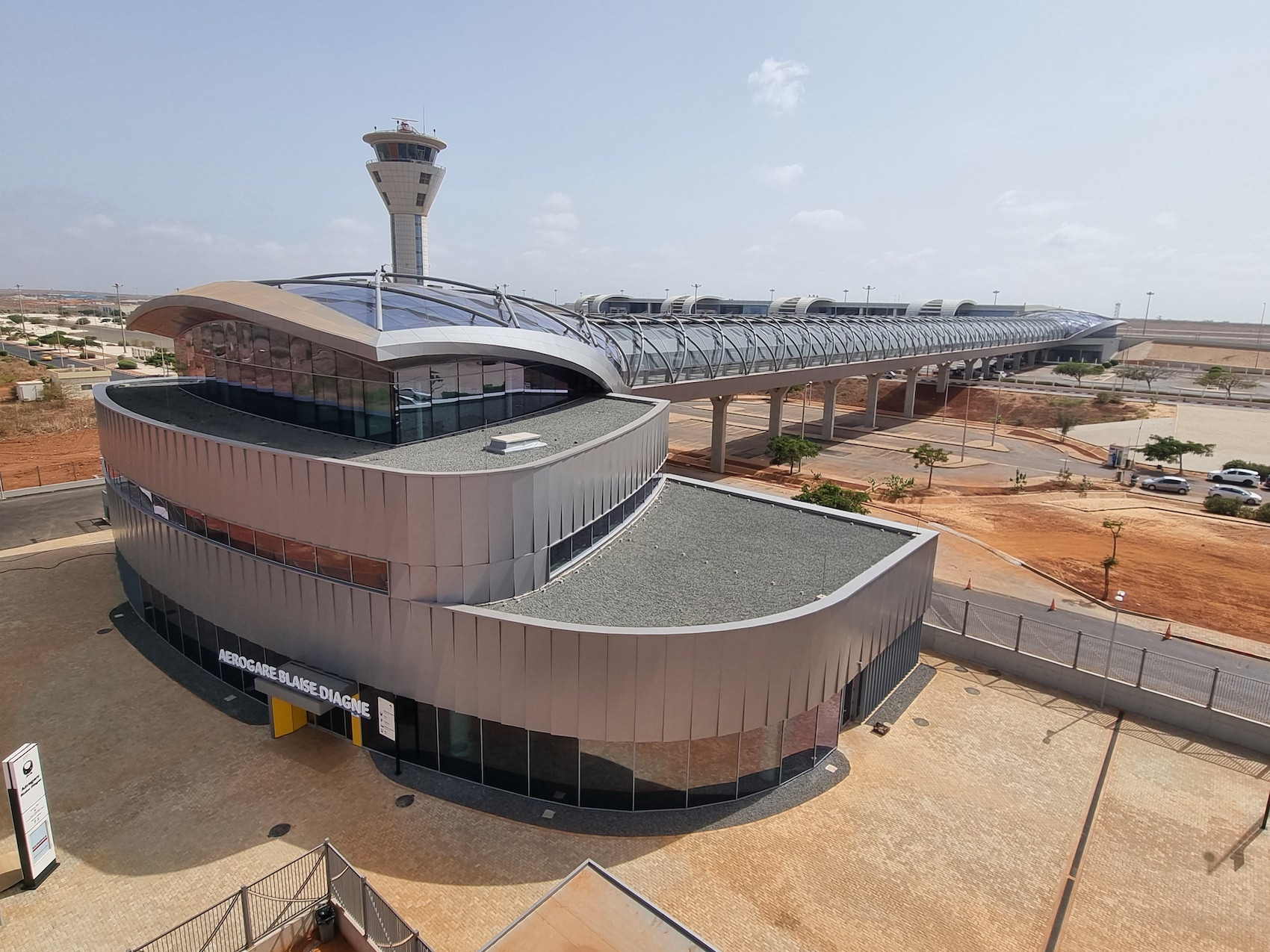James White, Timber Sales Development Manager at James Latham, answers readers’ questions on specifying sustainable hardwoods.
American black walnut joinery at a private gin bar in Scotland (photo: David L Douglas).
Why should architects consider specifying hardwoods as part of a sustainable construction strategy?
When sourced from well managed forests, hardwoods are arguably the most sustainable building product available for construction projects. They provide an unrivalled carbon story and unparalleled long-term environmental benefits. It is well documented that forests are vital for sustaining human life, so it is natural to utilise this resource sustainably and responsibly, and that means specifying hardwoods. When sourced responsibly, hardwoods are renewable materials that store carbon over their life span, and therefore contribute to climate change mitigation. By specifying sustainable, certificated hardwoods we are able to put more back into the communities from where the timber originates.
James Latham remains firmly committed to responsible sourcing policies, prioritising certified materials whenever possible. Our journey began many decades ago, driven by the belief that understanding the origins of our timber is essential – not just for product quality, but for people and the planet. We want to understand the impact on the communities behind the forests and support those who practise sustainable harvesting. This approach provides essential tangible benefits, such as avoiding deforestation, improved forest management, soil preservation, and giving back to the communities where the timber came from.
What are the key sustainability credentials architects should look for when specifying hardwoods?
Timber products should always be bought from well managed sources. For tropical hardwoods this is done by specifying materials that come from recognised certification schemes, such as FSC (Forest Stewardship Council) or PEFC (Programme for the Endorsement of Forest Certification). It is also important to research and request information from the country of origin with respect to its sustainable forestry policy. If FSC or PEFC certification is not available, specifiers should insist upon third-party legally-verified products.
There is less sensitivity around temperate hardwoods, although it is still important to understand their background and specify certified products where available. Some temperate forest areas have minimal levels of third party certification. North America, for example, has one of the globe’s largest temperate forest areas, which is managed sustainably, despite having only small volumes of officially certified forest. James Latham employs EPDs (Environmental Product Declarations) to understand the lifecycle data of the products it buys.
What are the most effective uses of hardwoods in construction from both a design and sustainability perspective?
Hardwoods come in a variety of species, each with its own specific characteristics. Getting specialist advice may be needed to choose the best product for appearance, strength, design, and application. The most common constructional applications are structures, cladding, and second-fix applications (joinery, windows, and doors). Being a natural product, many people feel a certain emotional warmth from and connection to hardwoods in everyday use. As well as contributing to the well-being of building occupants, hardwoods can also improve thermal comfort and aesthetic performance.
What questions should architects ask suppliers when sourcing hardwoods for construction projects?
When specifying a natural raw material it is sensible to understand its background and the product supply chain – in the same way as we would want to know how and where our food and clothing are produced. Key questions for suppliers should include: Where does the product originate from? Is the hardwood FSC or PEFC certified? Is there third-party certification available? And has the product come direct from source?
Which hardwood species are considered sustainable and well suited to UK construction projects?
Hardwoods have been specified and utilised in construction for centuries, with timber being one of our most available and sustainable raw materials. Many hardwood species have well known applications within UK construction projects, such as Oak, which is known for its strength and durability. Hardwood species that are covered under FSC or PEFC certification schemes are suitable for UK use. Specifiers should also consider hardwoods from well-managed, low-risk forests, such as those in North America.
Are tropical hardwoods ever a sustainable choice – and if so, under what circumstances?
Yes, tropical hardwoods can be a sustainable choice when specified with the correct certification and legality documentation. It is essential that global forests are protected and managed sustainably, and that we specify and use sustainable tropical hardwoods to maintain the commercial value of these forests and enrich the local communities that depend on them. If we fail to manage our forests sustainably, we risk losing them to industry, agriculture and other commercial activities. It is therefore crucial that we utilise their primary product by specifying hardwoods in fields such as construction.
For further information, please visit the James Latham website.


